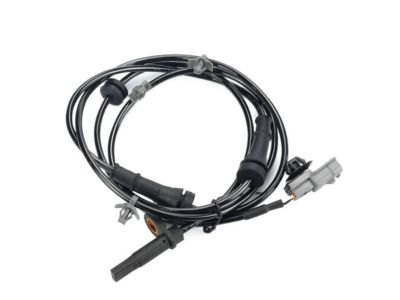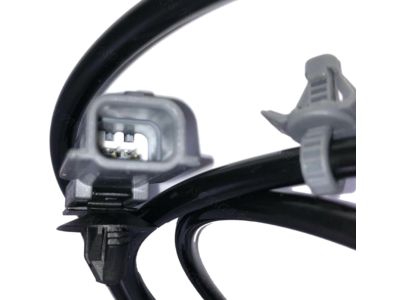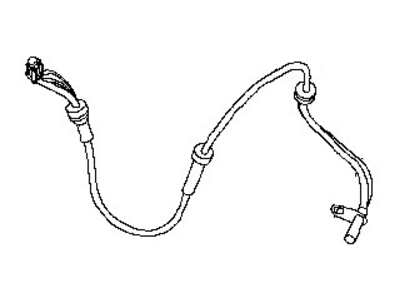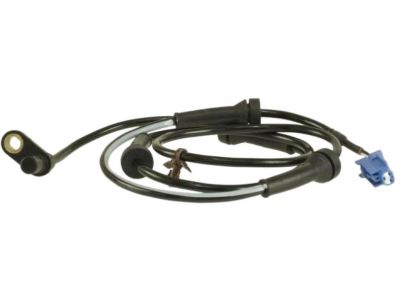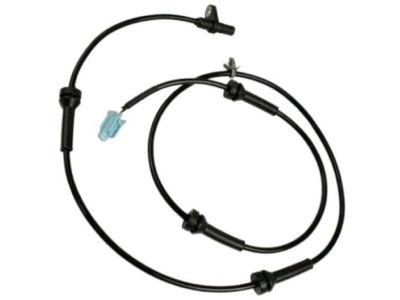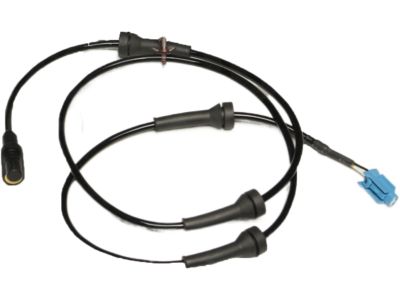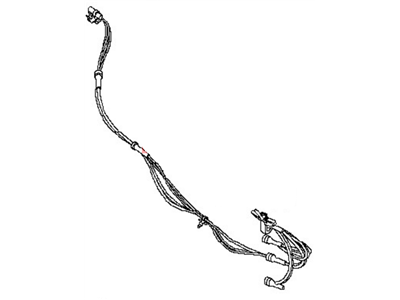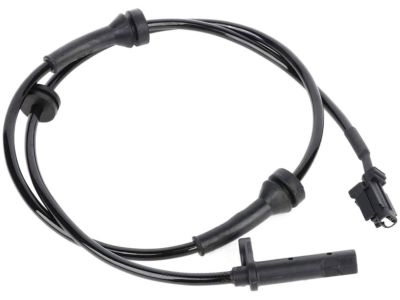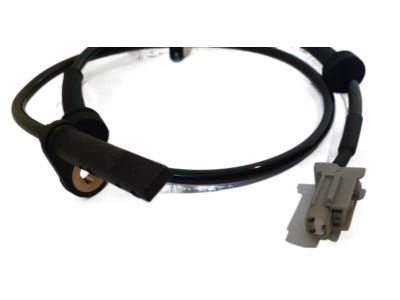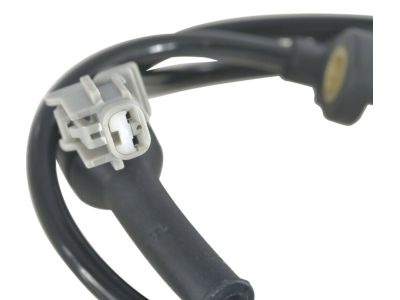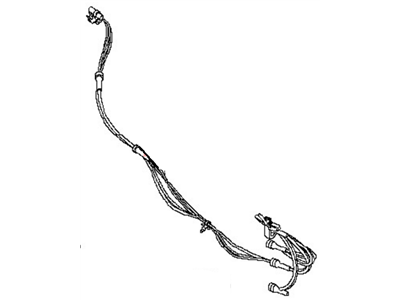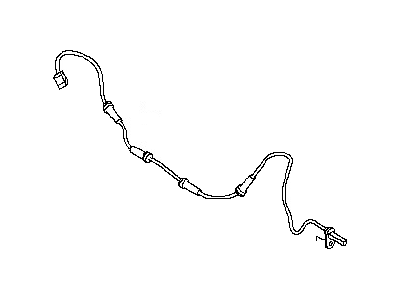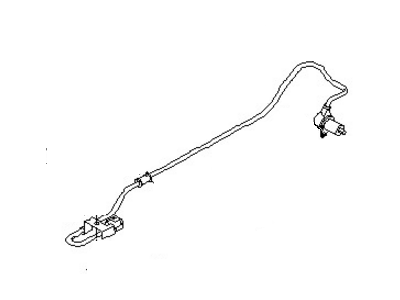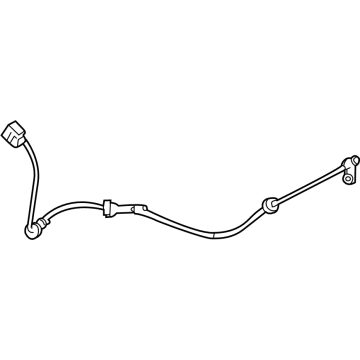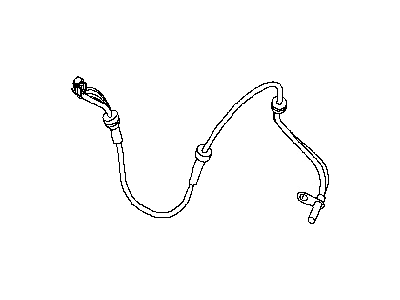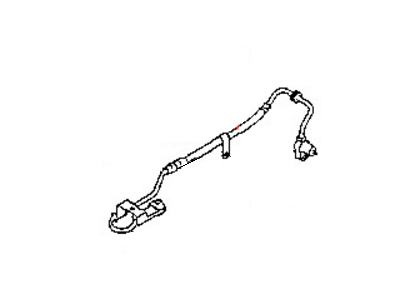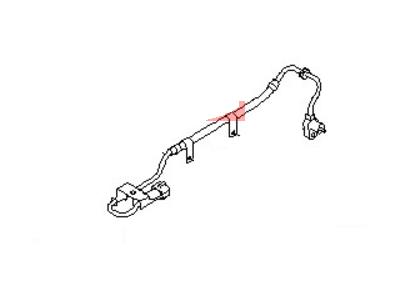×
- Hello
- Login or Register
- Quick Links
- Live Chat
- Track Order
- Parts Availability
- RMA
- Help Center
- Contact Us
- Shop for
- Nissan Parts
- Nissan Accessories

My Garage
My Account
Cart
Genuine Nissan Sentra ABS Sensor
ABS Wheel Speed Sensor- Select Vehicle by Model
- Select Vehicle by VIN
Select Vehicle by Model
orMake
Model
Year
Select Vehicle by VIN
For the most accurate results, select vehicle by your VIN (Vehicle Identification Number).
39 ABS Sensors found

Nissan Sentra Sensor Assy-Antiskid,Front RH
Part Number: 47910-3DA0A$221.98 MSRP: $328.68You Save: $106.70 (33%)Ships in 1-3 Business Days
Nissan Sentra Sensor Assembly-Anti SKID,Front LH
Part Number: 47911-ZT00A$140.21 MSRP: $207.60You Save: $67.39 (33%)Ships in 1-2 Business Days
Nissan Sentra Sensor Assembly Anti Ski, Rear
Part Number: 47900-ZT00A$95.50 MSRP: $138.32You Save: $42.82 (31%)Ships in 1-3 Business Days
Nissan Sentra Sensor Assembly Anti Ski, Rear
Part Number: 47901-ZT00A$79.43 MSRP: $115.05You Save: $35.62 (31%)Ships in 1-3 Business Days
Nissan Sentra Sensor Assembly-Anti SKID,Front RH
Part Number: 47910-ZT00A$149.23 MSRP: $220.95You Save: $71.72 (33%)Ships in 1-2 Business DaysNissan Sentra Sensor Assy-Antiskid,Rear
Part Number: 47901-3DA0A$191.87 MSRP: $284.10You Save: $92.23 (33%)Ships in 1-3 Business DaysNissan Sentra Sensor Assy-Antiskid,Rear
Part Number: 47900-3DA0A$175.90 MSRP: $260.45You Save: $84.55 (33%)Ships in 1-3 Business DaysNissan Sentra Sensor Assy-Antiskid,Front RH
Part Number: 47910-6LB0A$167.73 MSRP: $248.35You Save: $80.62 (33%)Ships in 1-3 Business DaysNissan Sentra Sensor Assembly Anti SKID,Rear
Part Number: 47900-6M060$167.46 MSRP: $247.67You Save: $80.21 (33%)Ships in 1-2 Business DaysNissan Sentra Sensor Assembly Anti SKID,Rear
Part Number: 47901-6M060$170.82 MSRP: $258.93You Save: $88.11 (35%)Ships in 1-2 Business DaysNissan Sentra Sensor Assembly-Anti SKID,Rear
Part Number: 47900-ET000$95.50 MSRP: $138.32You Save: $42.82 (31%)Nissan Sentra Sensor Assembly Anti SKID,Rear
Part Number: 47901-4M460$167.46 MSRP: $247.63You Save: $80.17 (33%)Ships in 1-2 Business DaysNissan Sentra Sensor Assy-Antiskid,Rear
Part Number: 47900-6LB0A$53.81 MSRP: $77.93You Save: $24.12 (31%)Ships in 1-3 Business DaysNissan Sentra Sensor Assembly-Anti SKID,Front LH
Part Number: 47911-ET000$140.21 MSRP: $207.60You Save: $67.39 (33%)Ships in 1-3 Business DaysNissan Sentra Sensor Assembly-Anti SKID,Front RH
Part Number: 47910-ET000$149.23 MSRP: $220.95You Save: $71.72 (33%)Ships in 1-3 Business DaysNissan Sentra Sensor Assembly-Anti SKID,Rear
Part Number: 47901-ET000$79.43 MSRP: $115.05You Save: $35.62 (31%)
| Page 1 of 2 |Next >
1-20 of 39 Results
Nissan Sentra ABS Sensor
If you need any OEM Nissan Sentra ABS Sensor, feel free to choose them out of our huge selection of genuine Nissan Sentra ABS Sensor. All our parts are offered at unbeatable prices and are supported by the manufacturer's warranty. In addition, we offer quick shipping to have your parts delivered to your door step in a matter of days.
Nissan Sentra ABS Sensor Parts Questions & Experts Answers
- Q: What is the function of the Anti-lock Brake System (ABS), and how does it operate, including the roles of speed sensors, and ABS Control Module on Nissan Sentra?A:The most important function of the ABS is to keep the driver in control of the vehicle during heavy braking and on different road surfaces. The major function of this system is to control each wheel's brake line pressure by monitoring their rotational speeds under braking thereby preventing them from locking up. At the right rear corner of the engine compartment, there is an actuator assembly that consists of an electric hydraulic pump and a pair of solenoid valves for each wheel. During ABS operation, hydraulic pressure to charge the reservoirs in the actuator is supplied by an electric pump which, in turn, provides pressure to the braking system. During ABS operation, these solenoid valves are used to modulate brake line pressure. There are four valves in its body, one for each wheel. The actuator assembly contains the pump, reservoirs and solenoid valves. The sine wave current is generated by speed sensors located at each wheel when their sensor rotors are rotating. An analog voltage signal generated from this current is converted into digital signal by the ABS Control Module and can be used to determine wheel rotation speeds. For instance, it monitors the information sent by speed sensors of wheels and controls hydraulic line pressure to prevent wheel lock-up as well as other malfunctions associated with system failure (Ojala & Fawcett 21). The control unit also monitors the system for malfunctions, even when the ABS system is inactive during normal driving conditions. When starting up your car or truck you will see that upon start up of around one second your ABS warning light will come on but once your engine starts it should go off immediately. The first time you exceed 4 mph on a vehicle after starting it up it performs a self-test procedure. You may hear a mechanical noise during this test; there's nothing wrong if you do though. If there's something wrong with this system, then its light will come on and remain lit until it has been fixed. A diagnostic code will also be stored in the control unit, which indicates the problem area or component.
Related Nissan Sentra Parts
Browse by Year
2024 ABS Sensor 2023 ABS Sensor 2022 ABS Sensor 2021 ABS Sensor 2020 ABS Sensor 2019 ABS Sensor 2018 ABS Sensor 2017 ABS Sensor 2016 ABS Sensor 2015 ABS Sensor 2014 ABS Sensor 2013 ABS Sensor 2012 ABS Sensor 2011 ABS Sensor 2010 ABS Sensor 2009 ABS Sensor 2008 ABS Sensor 2007 ABS Sensor 2006 ABS Sensor 2005 ABS Sensor 2004 ABS Sensor 2003 ABS Sensor 2002 ABS Sensor 2001 ABS Sensor 2000 ABS Sensor 1999 ABS Sensor 1998 ABS Sensor 1997 ABS Sensor 1996 ABS Sensor 1995 ABS Sensor 1994 ABS Sensor 1993 ABS Sensor 1992 ABS Sensor 1991 ABS Sensor
